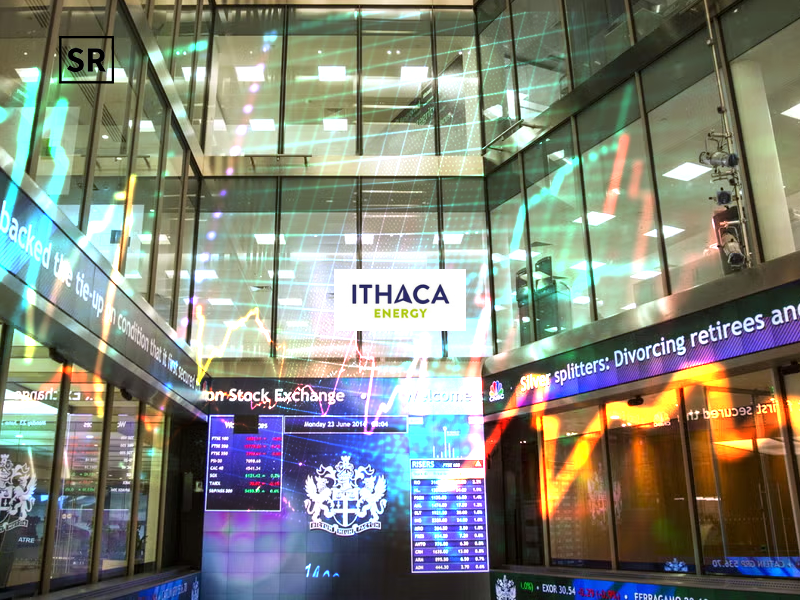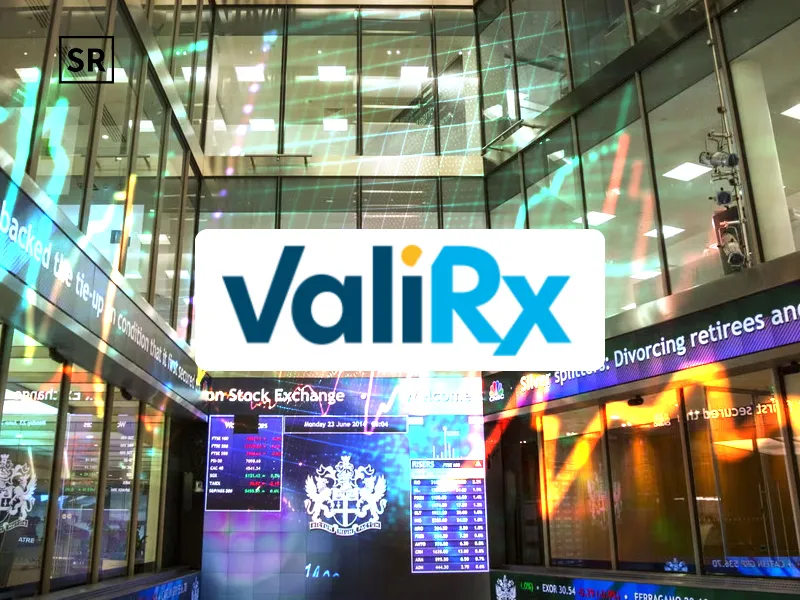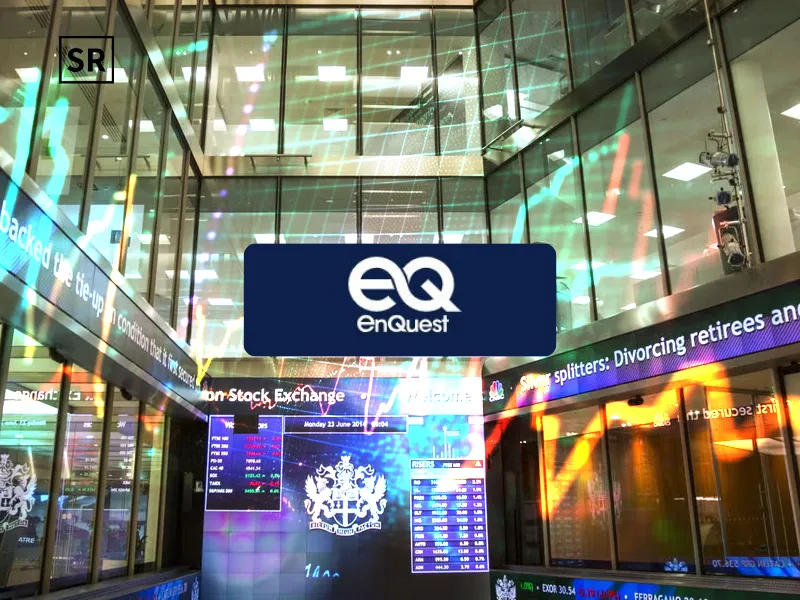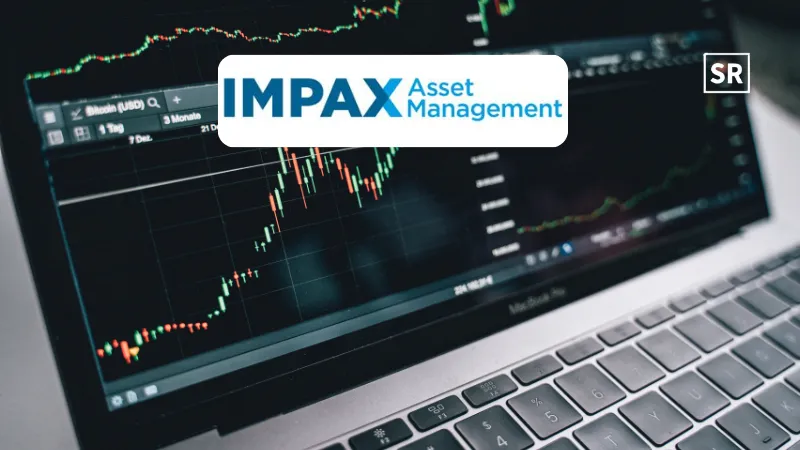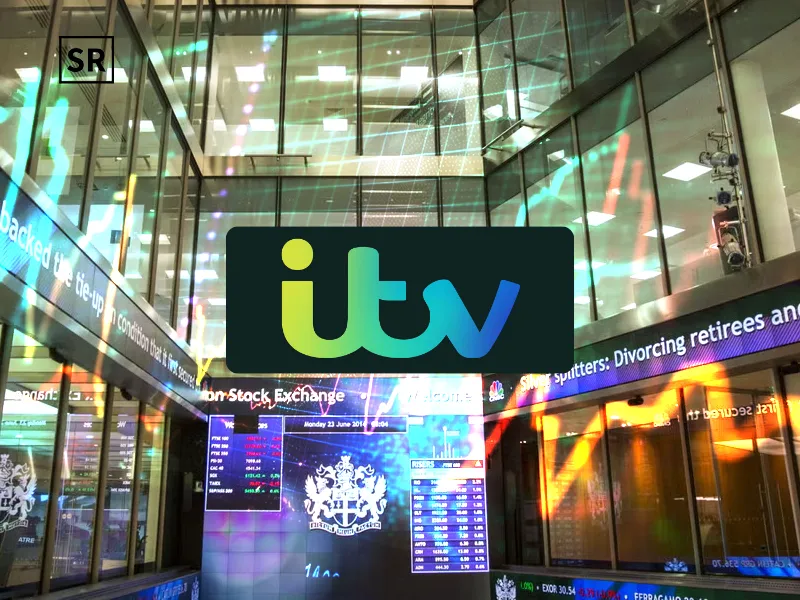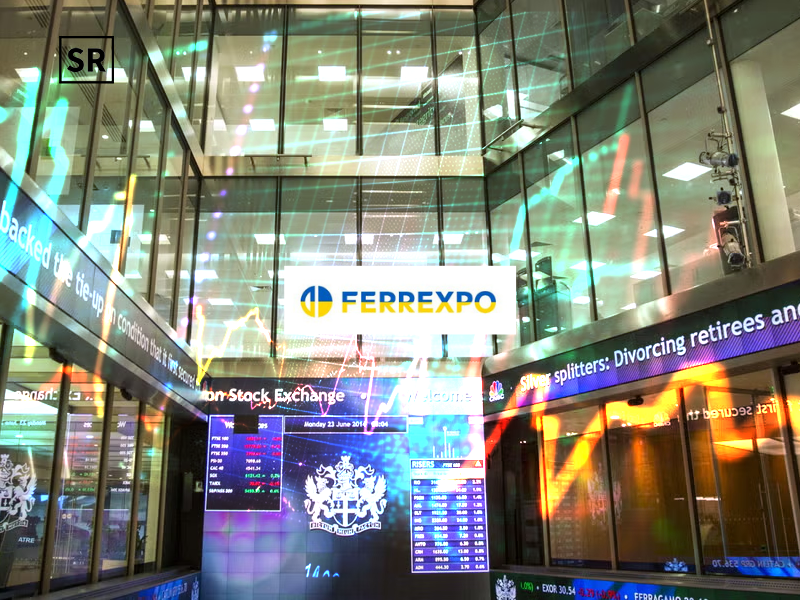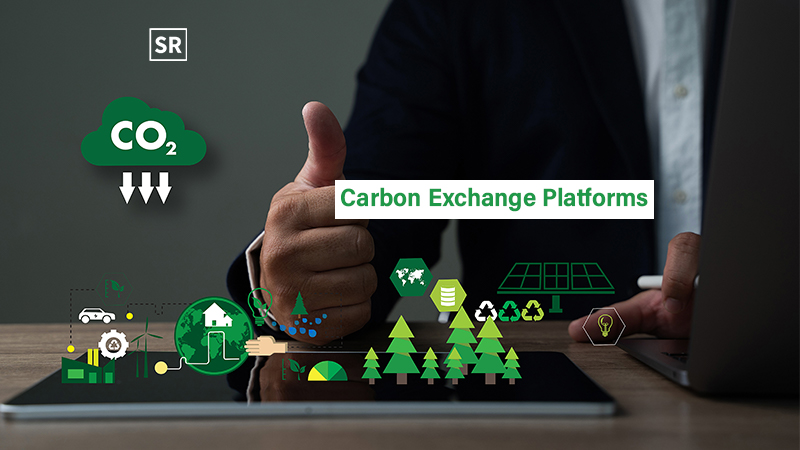
Carbon Credit Trading is a market-based system aimed at reducing greenhouse gas emissions. It allows countries, companies or organizations to buy and sell carbon credits which represent the right to emit a specific amount of carbon dioxide (typically 1 credit = 1 ton of CO₂).
Here's how it works:
- Carbon credits are issued to entities that reduce emissions or absorb CO₂ (e.g., by planting trees or using renewable energy).
- Companies that exceed their emission limits can purchase credits from those with surplus, incentivizing emission reductions.
- Trading takes place in regulated (compliance) markets or voluntary markets.
- This system promotes cost-effective emission reductions and supports global climate goals like those outlined in the Paris Agreement.
What is Carbon Trading?
Carbon trading is a system used to help reduce pollution by putting a price on carbon emissions. In this system, companies can buy and sell carbon credits where each credit allows the release of one ton of carbon dioxide. Governments set a limit (or cap) on how much total pollution is allowed, and companies receive or buy a certain number of these credits. If a company produces less pollution than it is allowed, it can sell its extra credits to another company that is going over its limit.
Read Also - What is Carbon Credits? Works, Sell, Buy, Good or Bad and Worth
This encourages businesses to pollute less and invest in cleaner technology. Carbon trading happens in official markets like those under the Kyoto Protocol or the EU Emissions Trading System as well as in voluntary markets where people or companies choose to offset their emissions by supporting eco-friendly projects like tree planting or renewable energy.
Carbon Offset Credits
Carbon Offset Credits are permits that represent a reduction, removal, or avoidance of one metric ton of carbon dioxide (CO₂) or other greenhouse gases from the atmosphere. These credits are used to compensate for emissions produced elsewhere.
Work:
When individuals, companies or organizations emit greenhouse gases, they can buy carbon offset credits to balance out their emissions. These credits are generated by projects that help fight climate change such as :
- Reforestation or forest conservation
- Renewable energy (e.g., wind, solar)
- Methane capture from landfills or farms
- Energy efficiency improvements in developing countries
Compliance vs. Voluntary Carbon Market
The compliance carbon market (also called the regulated market) is based on government laws that require companies to reduce their carbon emissions. Examples include the EU Emissions Trading System (EU ETS) and California’s cap-and-trade program. In this system, governments set a limit on how much pollution each company is allowed to release. These limits are given in the form of carbon allowances or credits. If a company emits less than its limit, it can sell its extra credits. If it emits more, it needs to buy additional credits from others.
On the other hand, the voluntary carbon market (VCM) is not controlled by government rules. It has grown quickly in recent years, especially since the Paris Agreement, which pushed companies to aim for net-zero emissions. In this market, businesses or individuals can buy carbon credits to cancel out their own emissions. These credits usually come from environmental projects like tree planting or clean energy.
Today, many people buy and sell carbon credits using digital platforms or exchanges, and some even use blockchain technology to trade carbon tokens. As the crypto world continues to grow, blockchain is being used more and more in the carbon credit market to make transactions faster, more secure, and easier to track.
Tokenization of Carbon Credits
The compliance carbon market (also called the regulated market) is based on government laws that require companies to reduce their carbon emissions. Examples include the EU Emissions Trading System (EU ETS) and California’s cap-and-trade program. In this system, governments set a limit on how much pollution each company is allowed to release. These limits are given in the form of carbon allowances or credits. If a company emits less than its limit, it can sell its extra credits. If it emits more, it needs to buy additional credits from others.
he voluntary carbon market (VCM) is not controlled by government rules. It has grown quickly in recent years, especially since the Paris Agreement, which pushed companies to aim for net-zero emissions. In this market, businesses or individuals can buy carbon credits to cancel out their own emissions. These credits usually come from environmental projects like tree planting or clean energy.
Today, many people buy and sell carbon credits using digital platforms or exchanges, and some even use blockchain technology to trade carbon tokens. As the crypto world continues to grow, blockchain is being used more and more in the carbon credit market to make transactions faster, more secure, and easier to track.
Top 4 Carbon Exchanges
Here are four of the top carbon credit exchanges operating globally, combining both established compliance platforms and newer, tech-enabled voluntary marketplaces:
Air Carbon Exchange (ACX)
AirCarbon Exchange (ACX) started in 2019 and is based in Singapore. It is the world’s first fully digital carbon exchange, using traditional trading systems to help buy and sell carbon credits in the voluntary market. ACX focused on carbon credits for the aviation industry under the CORSIA program but later expanded to include many other types of verified carbon credits. ACX works with over 130 clients, including companies, financial traders, carbon project developers, and others involved in carbon markets. The exchange combines traditional trading systems with distributed ledger technology (DLT) and blockchain to create secure, digital carbon credits. Using blockchain helps make trades faster and more efficient, aiming for instant trade execution and settlement (called T-0). ACX first focused on the aviation industry through CORSIA, a global program to reduce and offset carbon emissions from international flights.
- ACX uses a central order book trading architecture familiar to institutional traders, combined with blockchain-based settlement and clearing for greater speed and transparency.
- Carbon credits are tokenized into blockchain‑backed instruments like CORSIA Eligible Tokens (CETs) or the Global Nature Token (GNT) each token representing 1 ton of verified CO₂ credit backed by projects in sectors such as forestry or agriculture.
- The exchange enables real‑time (T+0) trade matching and near-instant settlement, dramatically reducing latency and operational friction.
Carbon Trade Exchange (CTX)
Carbon Trade Exchange (CTX) is the world’s first fully digital platform where people and companies can buy and sell certified carbon credits anytime, all year round. It started in 2009 and was one of the first players in the global carbon market. CTX is a member-based exchange, meaning it includes many types of users from small brokers and project creators to large companies. These users can list their carbon credits directly on CTX from their registry accounts and trade them online from anywhere. CTX supports carbon credits certified by well-known programs like Gold Standard, Verra’s Verified Carbon Standard, and the United Nations’ Clean Development Mechanism (UNFCCC).
- Global Reach: CTX connects buyers and sellers from more than 50 countries, giving access to many different carbon offset projects.
- Verified Credits: All trades use carbon credits certified by trusted programs like Gold Standard, Verra VCS, and the UNFCCC CDM.
- Low Minimum Trade Size: You can trade as little as 100 tons of CO₂, so many people and companies can participate.
- Low Fees: CTX charges some of the lowest fees, letting sellers keep up to 95% of their earnings from sales.
Xpansiv
Xpansiv is a global company that provides a platform for trading environmental products like carbon credits, renewable energy certificates, and water rights. It was started in 2019 and runs the world’s largest spot exchange for voluntary carbon credits, called CBL. In 2022, over 116 million tons of carbon offsets were traded on CBL, which is about 35% of the total market. More than 400 buyers and sellers are active on the platform. Xpansiv clear order book lets users see live prices and the full details of each carbon offset project. The platform connects with well-known registries like the American Carbon Registry, Climate Action Reserve, Gold Standard, and Verra to provide trusted project information.
- Easy Trading: CBL lets people trade over 1,000 carbon offset projects from trusted programs like Verra VCS, Gold Standard, and Puro.Earth with clear and open prices.
- Global Access: People from more than 50 countries can trade on the platform in real-time and get same-day settlement.
- Smart Technology: Xpansiv Connect links with 13 top global registries, making trading, settlement, and portfolio management simple and smooth.
- Strong Partnerships: Xpansiv works with groups like the Saudi Tadawul Group and Johannesburg Stock Exchange to grow carbon credit markets worldwide.
- Market Leader: Since 2020, Xpansiv has helped trade over 300 million tons of carbon, making it a major player in the voluntary carbon market.
Intercontinental Exchange (ICE)
Intercontinental Exchange (ICE) is a global financial and commodity market operator founded in 2000. It runs a variety of exchanges and clearing houses worldwide, including platforms for trading energy, agriculture and environmental products. ICE is important in the carbon market because it offers a safe and clear platform for buying and selling carbon permits, like those from the European Union Emissions Trading System (EU ETS). Its modern technology makes trading fast and smooth, helping companies control their carbon emissions using flexible market options.
- CE is a global operator of financial and commodity markets.
- Runs exchanges and clearing houses for energy, agriculture, and environmental products.
- Provides platforms for trading carbon allowances and credits, including EU ETS permits.
- Known for reliable, transparent, and efficient trading systems.
- Helps businesses manage carbon emissions using market-based solutions.
Conclusion
Carbon exchanges play a vital role in fighting climate change by making it easier for companies to buy and sell carbon credits. They provide a transparent, efficient and reliable way to reduce greenhouse gas emissions through market-based solutions. By connecting buyers and sellers worldwide, carbon exchanges help support environmental projects and encourage businesses to lower their carbon footprint. As technology improves these exchanges will continue to grow and become even more important in the global effort to protect the planet.


 Follow us
Follow us Follow us
Follow us
